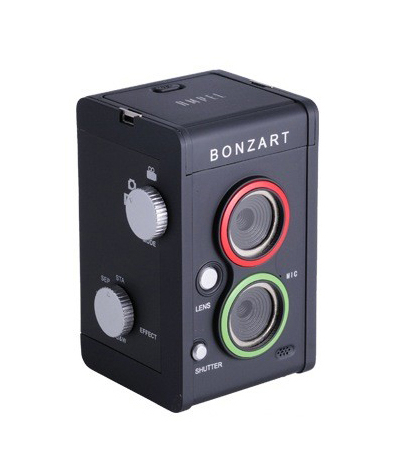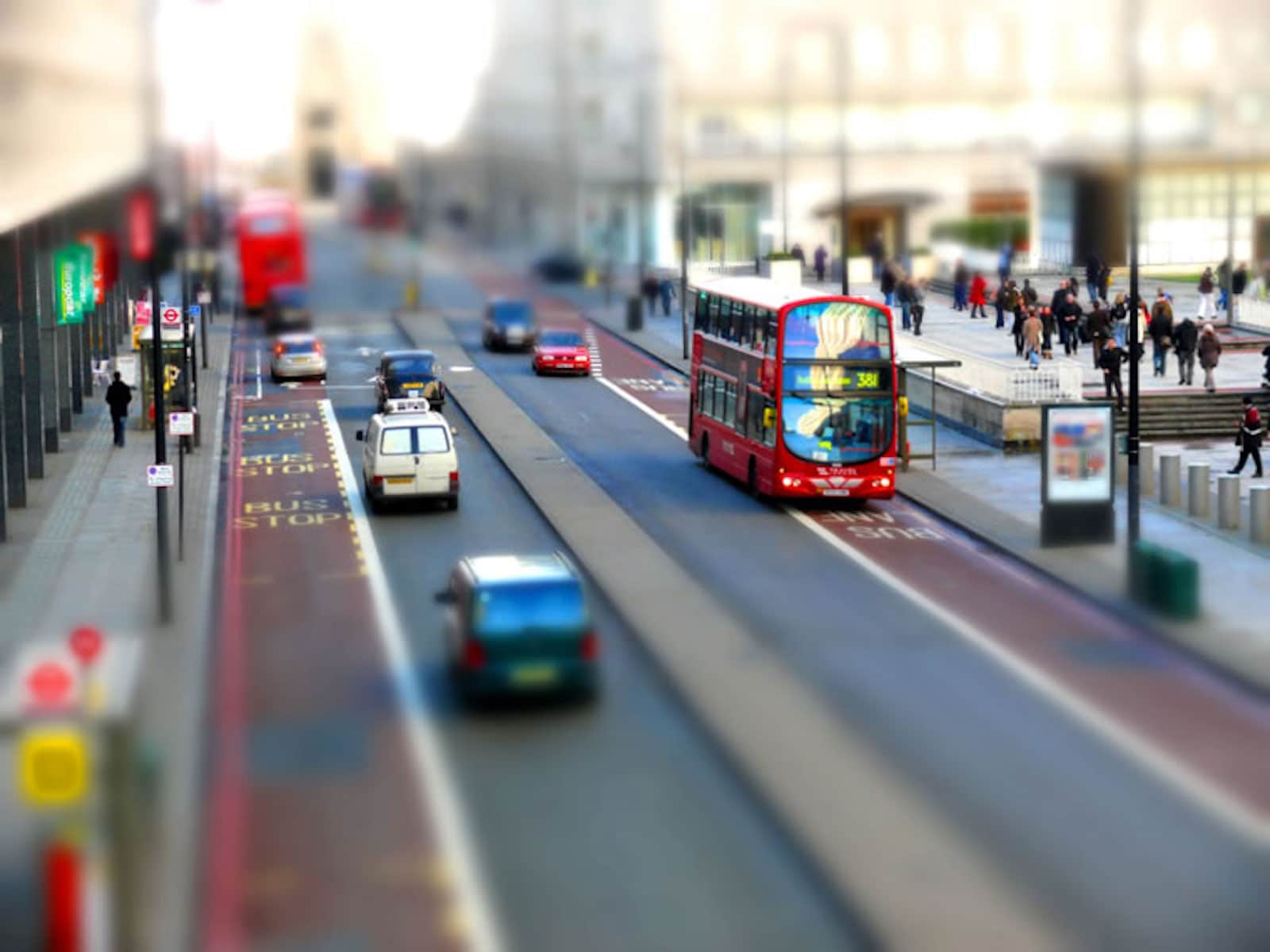

“I guess it might be possible to create an AF unit that had multiple AF sensors that functioned on different focal planes, allowing points from various AF sensors at differing focal planes to be utilized in some sort of three-dimensional AF phase detection algorithm. “AF sensors have to be designed very explicitly, and as CMOS devices, must be designed flat themselves,” jrista wrote on StackExchange in 2012.

Use the mouse-over links below to see how the tilt, shift and rotation mechanisms work in the Canon TS-E 24mm f/3.5L II Tilt-Shift Lens. Tilt-shift lenses also rotate to allow the lens to tilt and/or shift in a wide range of directions. According to a discussion on StackExchange, tilt-shift lenses do not work with autofocus systems because the lenses have to make certain assumptions about what is being projected down the barrel of the lens, and if those assumptions are broken because the focal plane changes either by a tilt or a shift. Simply stated, a tilt-shift lens is a lens in which the optics can be tilted and/or shifted in relation to the image sensor. “The announcement timeframe for such a camera is still unknown, but the source claims the first half of 2022 is extremely likely.”Īdding autofocus to a tilt-shift lens has not been done before because of limitations on how autofocus systems work. It is useful in eliminating distortion and capturing two subjects in one photo.“I have been told that Canon plans to introduce two new autofocus tilt-shift lenses alongside a high-megapixel camera,” the site reports. To Shoot Portraits with Multiple Focus Points: You can use the tilt control knob to focus on two different subjects and help your photograph tell a story.Ī tilt shift lens is a terrific photography tool. If you use a sideways shift instead, it will prevent distortion that often appears in panoramic photos which leads to less time in editing.

Stand to the side of the mirror and shift the lens sideways to eliminate the reflection while making it appear as if you are shooting head on.įor Landscape Photography: Many landscape photographers shoot with a wide-angle lens that can create distortion. To Photograph a Mirror: The shift feature can be used to take a picture of a mirror without appearing in the mirror’s reflection.

But if you use the shift control knob to angle the lens up without moving the camera, it will not distort. To achieve the effect, take the photo from a high vantage point at least 10 feet above the subject.Įliminate Perspective Distortion: Perspective distortion, or vertical line convergence, occurs when you angle the camera sensor upward to photograph a tall building or something else high up. The lens adds a blur effect to the photo mimicking a shallow depth of field. It will decrease distortion when shooting with a wide-angle lens and correct vertical line convergence when you are shooting from a high or low angle.Ī tilt shift lens can be used to create the following results.Ī Miniature Effect: The tilt control knob will allow you to make life size photos look like miniature scale models. It helps photograph parallel lines and gives your photos a creative look. A tilt-shift lens is a useful photography tool for various purposes. Canon TS-E 24mm f/3.5L II

 0 kommentar(er)
0 kommentar(er)
